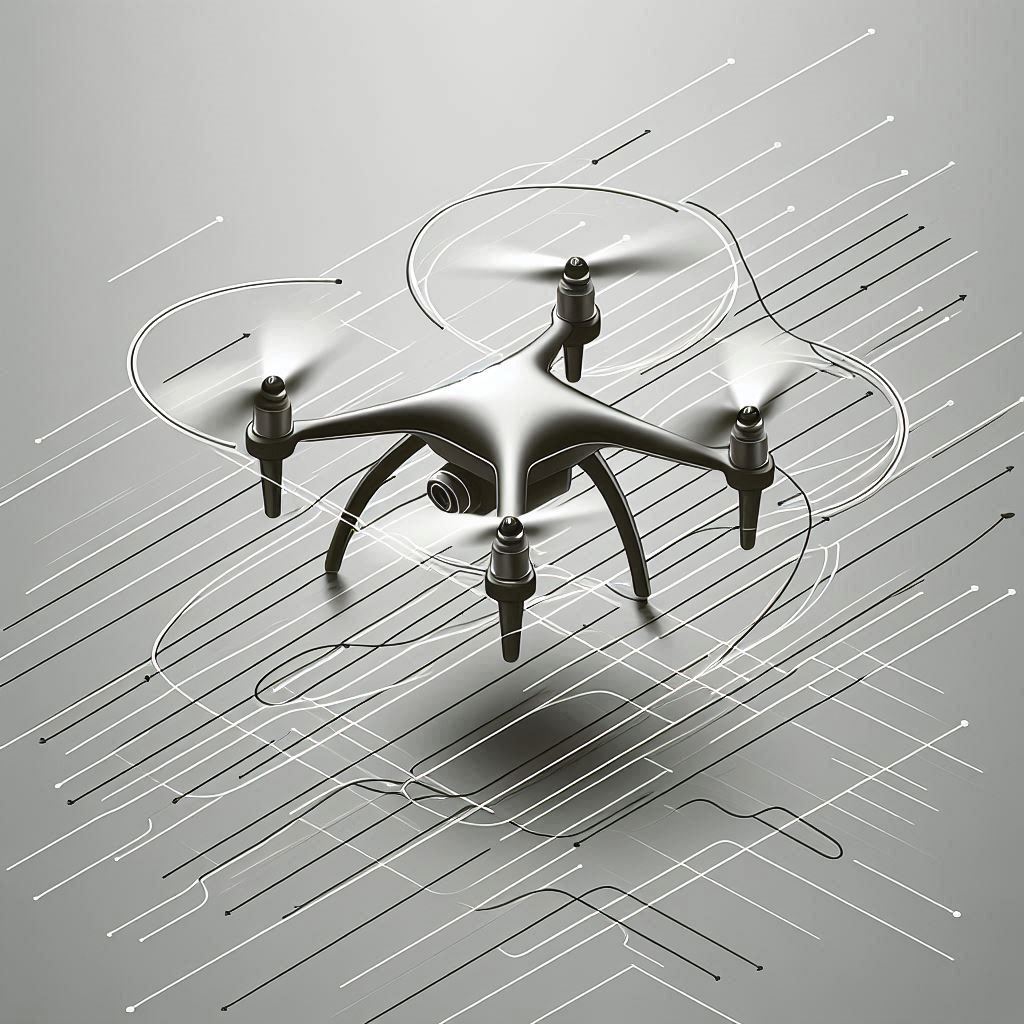
Researchers have developed an advanced control system that allows quadrotor UAVs to maintain precise trajectory tracking and stability, even in the face of unpredictable disturbances.
🚁 Quadrotor drones have soared in popularity in recent years, finding uses in fields like aerial photography 📸, emergency response 🚨, and agriculture 🌾. These nimble flyers are incredibly maneuverable, but they also face some unique control challenges. As underactuated systems (meaning they can’t control all directions simultaneously), quadrotors are affected by various disturbances like wind gusts 💨, model uncertainties, and limited control inputs.
Keeping these drones stable and on course can be quite tricky! That’s why a team of researchers has developed a new and improved control strategy specifically for quadrotor trajectory tracking 🛤️. Their adaptive sliding mode control (ASMC) system is designed to handle input saturation (when control inputs reach their limits) and external disturbances, allowing the quadrotors to adapt to changing conditions without needing prior knowledge of the drone’s mass or inertia.
Here are the key innovations of this control system:
The researchers’ mathematical model captures the quadrotor’s complex nonlinear dynamics, including factors like gravity 🌍, mass, and inertia. And the control design specifically addresses the challenges of input saturation and unpredictable disturbances. By using adaptive laws and sliding mode techniques, the system can adapt to changes in flight conditions without needing exact measurements of the drone’s parameters.
Through rigorous Lyapunov stability analysis 📐, the team proved that their control strategy not only allows the quadrotor to follow the desired trajectory 📊 but also maintains overall system stability—even with varying control inputs and disturbances.
Source: Kuang, J.; Chen, M. Adaptive Sliding Mode Control for Trajectory Tracking of Quadrotor Unmanned Aerial Vehicles Under Input Saturation and Disturbances. Drones 2024, 8, 614. https://doi.org/10.3390/drones8110614
From: Nanjing University of Aeronautics and Astronautics (NUAA).